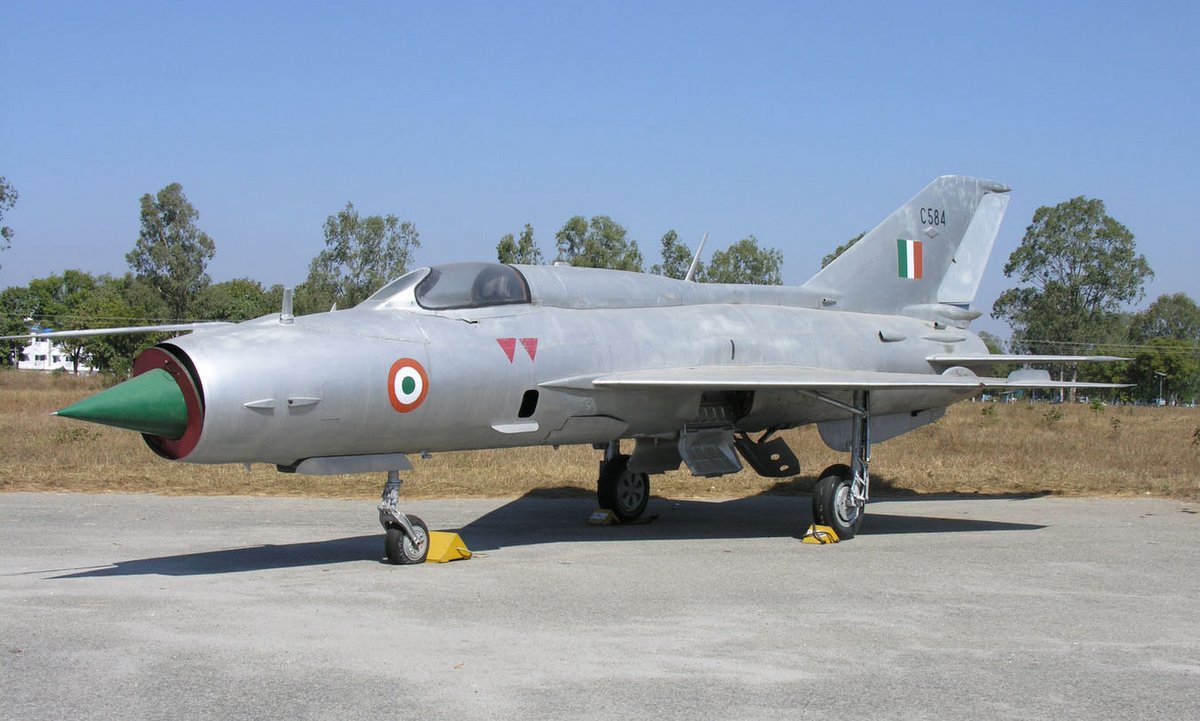The change in land tenure under Nawab Alivardi Khan of Bengal and then East India Company under Robert Clive created a landed gentry in #Bengal. During the 18th and 19th century the saw the construction of European manor houses and palaces all across the Bengal. #History 





The Belvedere House is believed to have been built by Mir Jafar in the 1760s and was 'gifted' to EIC Governor General Warren Hastings as his residence. Today it housed the National Library of India. 





Raj Bhavan, Kolkata is currently the official West Bengal Governor residence. Built in 1799 by Gov--General Richard Wellesley, older brother of Arthur Duke of Wellington as the seat of British rule in India. Also the first building in India to be installed with a lift in 1860. 





The Marble Palace built in 1835 by Raja Rajendra Mullick, a wealthy Bengali merchant with a passion for collecting works of art. The house continues to be a residence for his descendants, and the current occupants are the family of Raja Rajendra Mullick Bahadur. 





Jorasanko Thakur Bari is the ancestral home of the Tagore family and currently the location of the Rabindra Bharati University. It was built by Dwarkanath Tagore,Rabindranath Tagore's grandfather (Rabi was born here in 1861). 







Hazarduari Palace in Murshidabad,was built by Nawab Nazim Humayun Jah (1824–38). It replaced the older fortress on the location. It is located across form the Nizamat Imambara. Currently serves as a museum. 





Cooch Behar Victor Jubilee Palace, is a landmark in Cooch Behar city, West Bengal. It was modeled after Buckingham Palace in London and was built in 1887, during the reign of Maharaja Nripendra Narayan of Koch dynasty. It is currently a museum. 





Itachuna Rajbari was built in 1766 by Safallya Narayan Kundu and is still occupied by the family and used as a heritage hotel. The Kundu family originally came as Maratha raiders and subsequently became merchants. 





Bawli Rajbari was built by the Mandal family during the 1770s and is currently a heritage hotel and spa. The property was renovated about 10 years ago. 



Hetampur Rajbari was the residence of Ramranjan Chakraborty, Zamindar of Birbhum district. Built in 1905, it was subsequently divided between two branches of the family and is currently used partially as a residence and partially as a school. 



The Nashirpur Rajbari complex was orionally built by tax collector Devi Singha of Panipat. Raja Kirti Chandra Singha Bahadur built the current palace in 1865. 





The 1926 Mahishadal palace, known as the Phool Bagh in Medinipur was the ancestral home of the Garg family who became Zamindars in the mid-1700s. The palace serves currently as museum and hotel. 





The Jhargram Raj Bari built in 1935 replaces the old 1799 palace is the current residence of the Malla Deb family. Situated in Jhargram district, West Bengal. About 10 rooms on the ground floor have been converted into a Heritage Hotel run by the family 



Vijay Mazil Kolkata dating from 1840s was the Kolkata residence of the Burdwan royalty. It is currently used for hosting events. 



Natore Rajbari was the residence and seat of the Rajshahi Raj Chattopadhyay family of zamindars. The palace now abandoned was one of the wealthiest estates in East Bengal. The current palace was rebuilt after an earthquake in 1897 on the site of the 1780 mansion. 

Ahsan Manzil used to be the official residential palace and seat of the Nawab of Dhaka. he building is situated at Kumartoli. Construction was started in 1859 and was completed in 1872. It is currently a museum. 

Puthia Rajbari is in Puthia Upazila, in Bangladesh, built in 1895, for Rani Hemanta Devi. This now decaying house was built on land given to Laskar Khan Nilamber, the brother of the first zamindar of Puthia by the Emperor Jahangir. 





Baliatali Rajbari in Mankiganj, Bangladesh was the seat of Govinda Rama Shaha Zamindari and begun construction in the ealry 1800s. The complex was expanded over 70 years. The buildings are currently under renovation by the Bangladesh government. 



Murapara Jomidar Bari" is located in Narayanganj, Bangladesh. It was built by 1890 by Ramratan Banarjee. The structure was used to house refugees and is currently in a state of decay. 



The Dhanbari Nawab Palace is the seat of the erstwhile zamindars of Dhanbari, Tangail in Bangladesh. This palace was built by the Nawab Ali Chowdhury in 1919. Owned by the family it is operated as a hotel. 

Shoshi Lodge Rajbari was built by Maharaja Surjokanto Acharya, Zamindar in Mymensingh, Bangladesh in 1875. After the earthquake of 1897 it was rebuilt. It currently serves as a teachers training college. 



Mohera Zamindar house was established in Mirzapur, Tangail, in 1890 by Kali Charan Saha. The family was massacred by the Pakistan Army in 1971. Currently used as the Bangladesh Police Training Center. 



More to come.
The Rose Garden Palace in Dhaka was built by a Zamindar Hrishikesh Das in the late 1880s. It is currently owned by the Bangladesh government. It was the birthplace of the Awami League in 1949. 

Tajhat Rajbari was built by the the merchant Maharaja Kumar Gopal Lal Roy in 1908 in Rangpur, Bangladesh. It is believed that from the conspicuous appearance of his Taj or jeweled crown, his estate derived the name of Tajhat. It is currently a museum. 

Kathgolap (Woodrose) Palace is a historical building belonging to the Dugar family at Kathgola in the Murshidabad. It was built in the 1840s and is now a museum. 





Kashipur Rajbari was built by Maharaja Jyoti Prasad Singdeo in 1902, on the site of a 1790 palace. The family were Zamindars in Purulia and the house is still owned by the family. 





Cossimbazar Rajbari, Berhampore was built by the Roy family in the 1840s. Serves as a heritage hotel today. 







The Gobordanga Rajbari was built in 1870 by Khelaram Chowdhury the zamindari. Current ownership unknown. 

Gaine Garden was built by Mahendranath Gaine in the 1830s. This was a summer retreat for the family who were zamindar and jute traders in Dhanyakuria. 



Gaine Rajbari was the family seat of the Gaine family in Dhanyakuria from the mid-1800s. Currently used by the West Bengal government as an orphanage. 



Ballav Bari is also in Dhanyakuria dates from the same time as the Gaines since the two were business partners in jute and jaggery. Shaymacharan Ballav built the house in the mid 1800s. The house still belongs to the family, 



Sreefaltali Zamindar Bari in Gazipur district which has become Chibaltali was Rahim Newaz Khan Chowdhury in the late 1890s. 

Boro Sardar Bari at Sonargaon, Narayanganj was built in 1901 by the Roy Chowdhury family. The dilapidated house has been painstaking restored by Bangladesh. 





Dinajpur Rajbari and temple was built in the early 1800s by the Dutta family. Sri Matta Dutta was first granted an estate there in 1630. The house and estate was taken over by the government in 1950. 





Nimita Raj Bari built by Gour Sundar Chowdhury and Dwarika Narayan Chowdhury around 1865 was the setting for Satyajit Ray's film Jalshaghar. The Chowdhury's had been Zamindars since 1793 and the house is how in ruins. 

The Dhuliyan Rajbari was built by Raghavendra Roy in 1783 in Murshidabad. The family still own the house and have a 300 year old Durga Puja. 



Ujjayanta Palace in Agartala was built in 1901 by Maharaja Radha Kishore Manikya and was the seat of the Manikya Dev Burman Maharajas of the Kingdom of Tripura. It later served as the state legislature until 2011 and is a museum now. 



Neermahal ( “Water Palace”) is a former royal palace built by Maharaja Bir Bikram Kishore Manikya Bahadur of the erstwhile Kingdom of Tripura, India in the middle of the lake Rudrasagar in 1930 and was completed by 1938. 

The Mahatab Manzil was built as a residence by the Rajas of Bardhaman (Burdwan) in 1840. The building now houses the University of Burdwan. After the abolition of the zamindari in 1954, Maharaja Uday Chand handed over the palace to the state. 



The Diluksha on Manash-Sarovar was the Summer Palace of the Maharajas of Bardhaman set in a landscaped garden with a zoological garden and old tanks. 

Raja Saratchandra Rai Bahadur built the Chanchal Raj Bari in Madla in 1912. A part of the house was transformed into a government college in 1969, the other part of the Palace is now Chanchal Subdivisional Court. 



Summer House at Barrackpore on the Hooghly was the summer residence of the Governors of Bengal and Viceroys between 180t and 1912. It was built by Richard Wellesley when he was Governor.. It is still used by the Governor of Bengal. 

• • •
Missing some Tweet in this thread? You can try to
force a refresh























